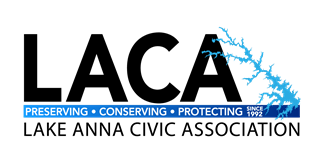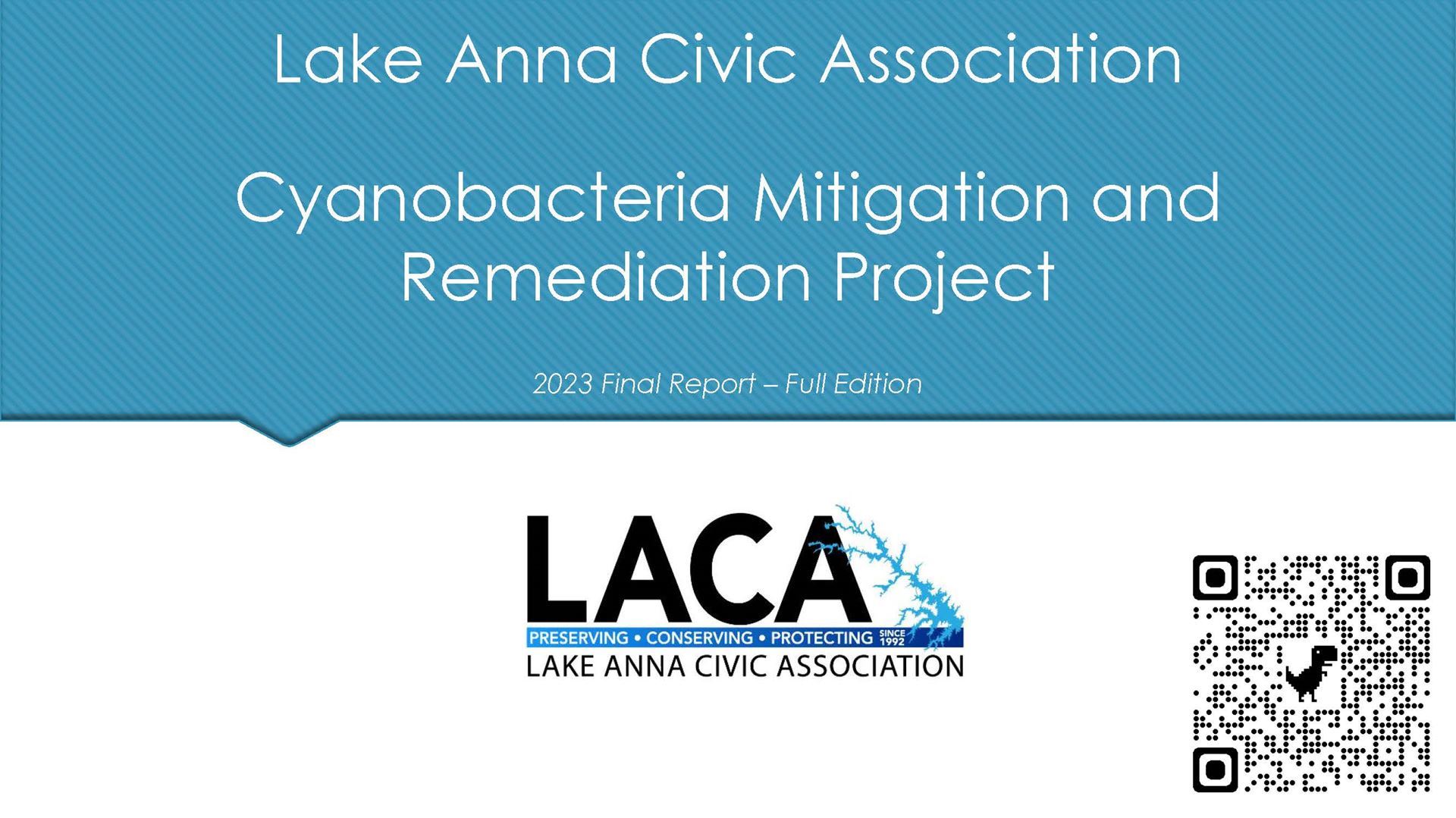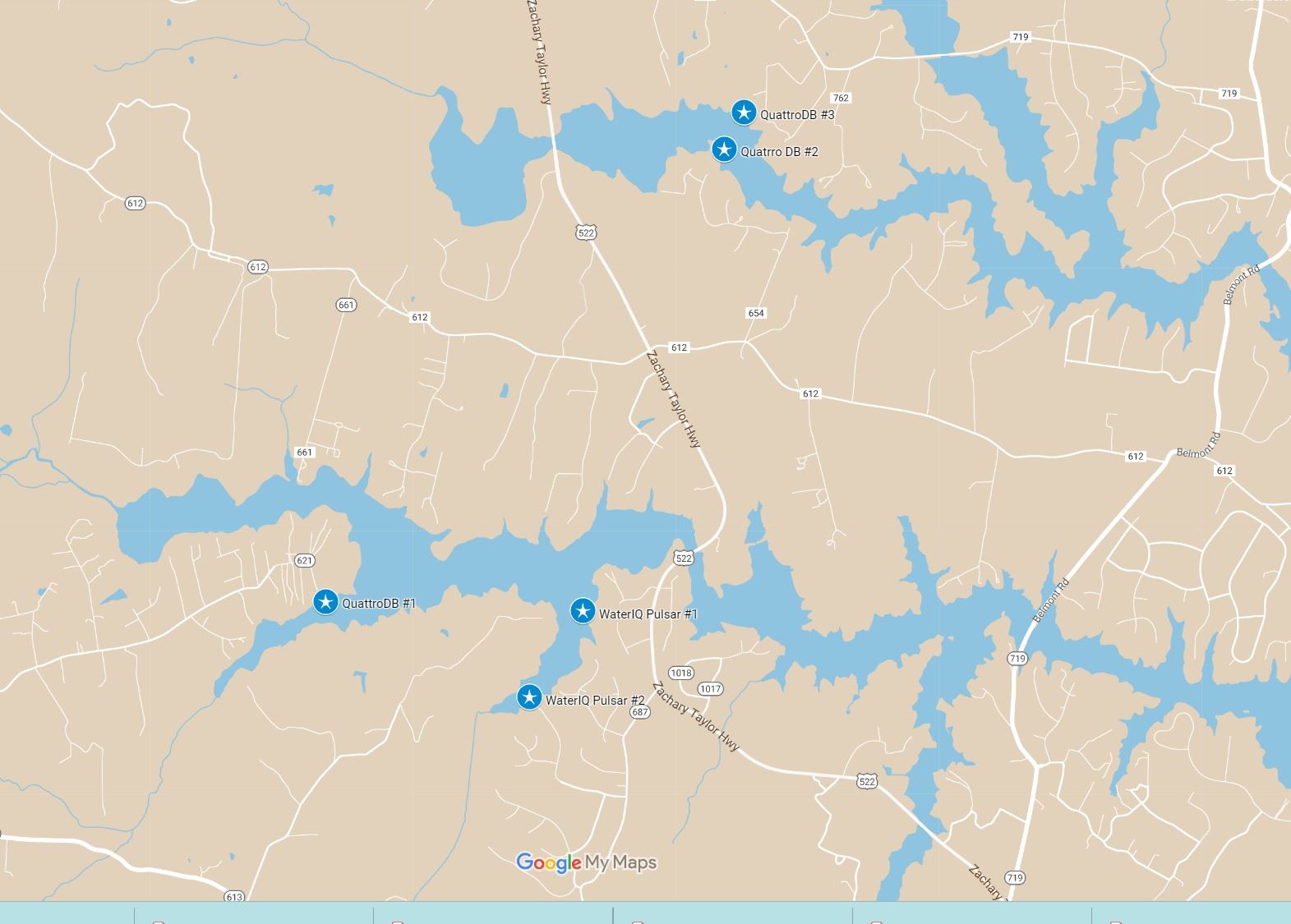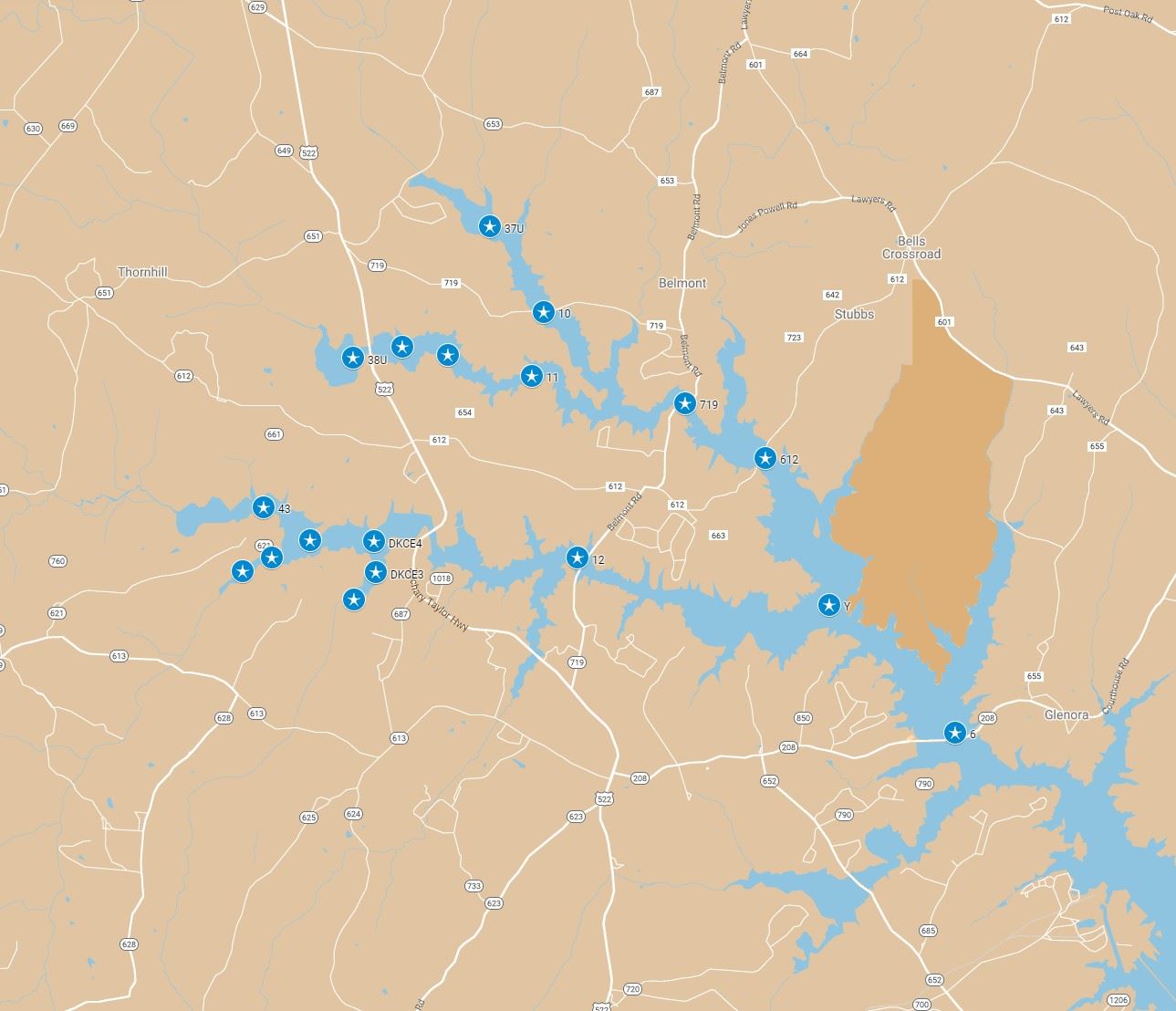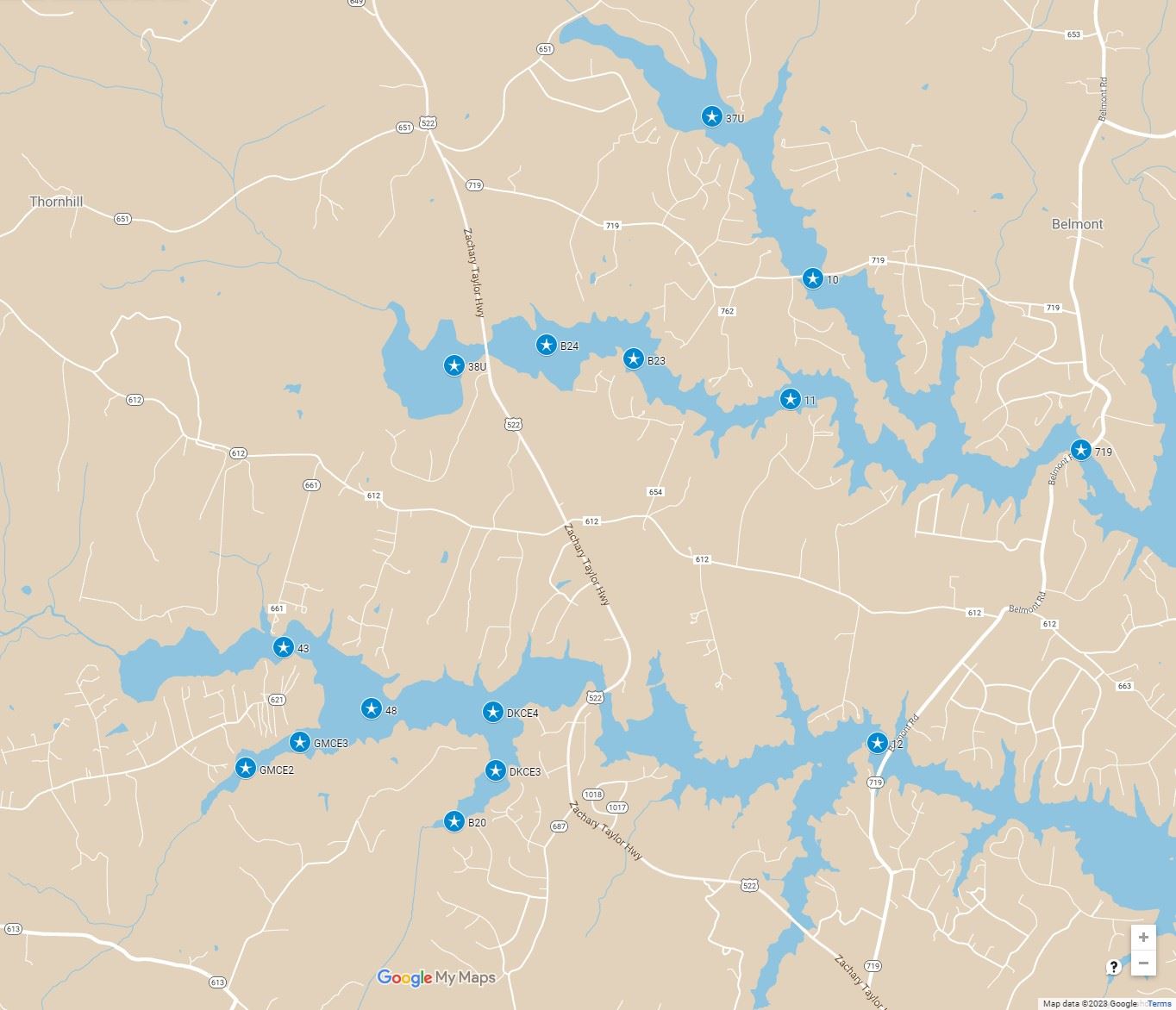- Home
- Programs
- Water Quality
- Cyanobacteria Mitigation & Remediation (CMR) Project
- 2023 Cyanobacteria Mitigation & Remediation Project
2023 Cyanobacteria Mitigation & REMEDIATION ProJECT
Project Overview
LACA continued our demonstrations of cyanobacteria mitigation and remediation capabilities in 2023. The 2023 project plan expanded our research beyond the hydrogen-peroxide algaecide mitigation capabilities that we implemented in 2022 with multiple demonstrations of ultrasonic energy generators on Goldmine Creek, Duckinhole Creek, and Pamunkey Creek.
The 2023 Cyanobacteria Mitigation & Remediation (CMR) Project included both mitigation and remediation techniques for cyanobacteria control. LACA defines mitigation and remediation actions as follows:
- Mitigation: Capabilities, technologies, and techniques that are focused specifically on impacting the life-cycle of cyanobacteria cells. Algaecides and ultrasound techniques are LACA's primary mitigation interests. These techniques are intervention strategies with short-term effects that must be enacted almost continually during each recreational season. The desired effects of both algaecide and ultrasound technologies are observed quickly, often within 24 hours of initiation/application.
- Remediation: Capabilities, technologies, and techniques that are focused on reducing or eliminating energy sources that cyanobacteria cells feed on or consume. Phosphorous reduction techniques are LACA's primary remediation interests. Phosphorous reduction techniques are deterrence strategies with longer-term effects when applied in a layered approach to ensure internal and external phosphorous loads are controlled/eliminated. The desired effects of phosphorous reductions technologies are observed relatively quickly, often within weeks of initiation/application.
The Final Report from our 2023 project demonstrations may be downloaded here or by clicking on the cover slide image below.
You can request information or data downloads by contacting the LACA project managers.
